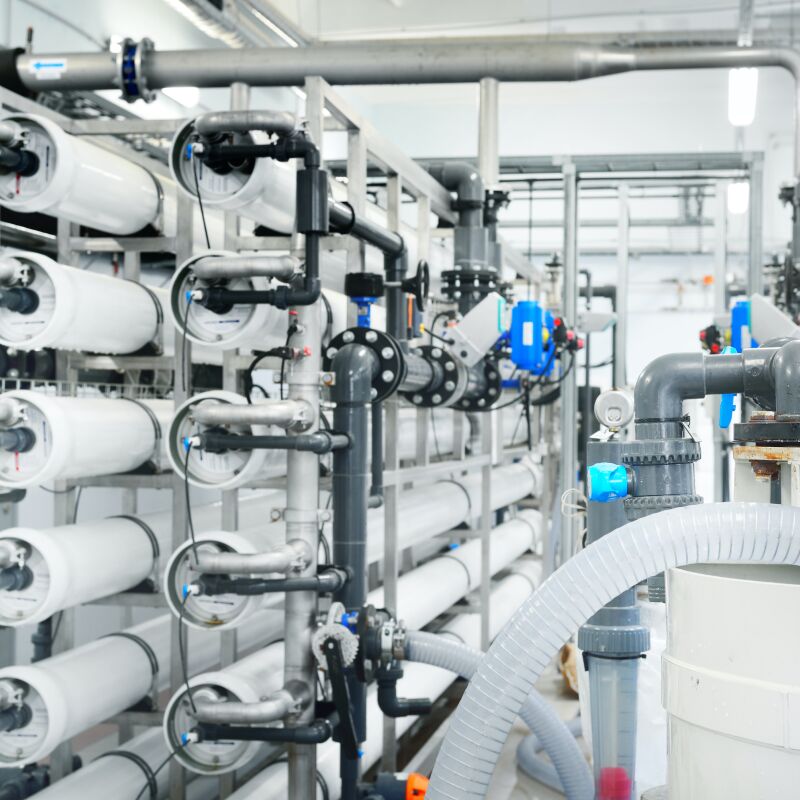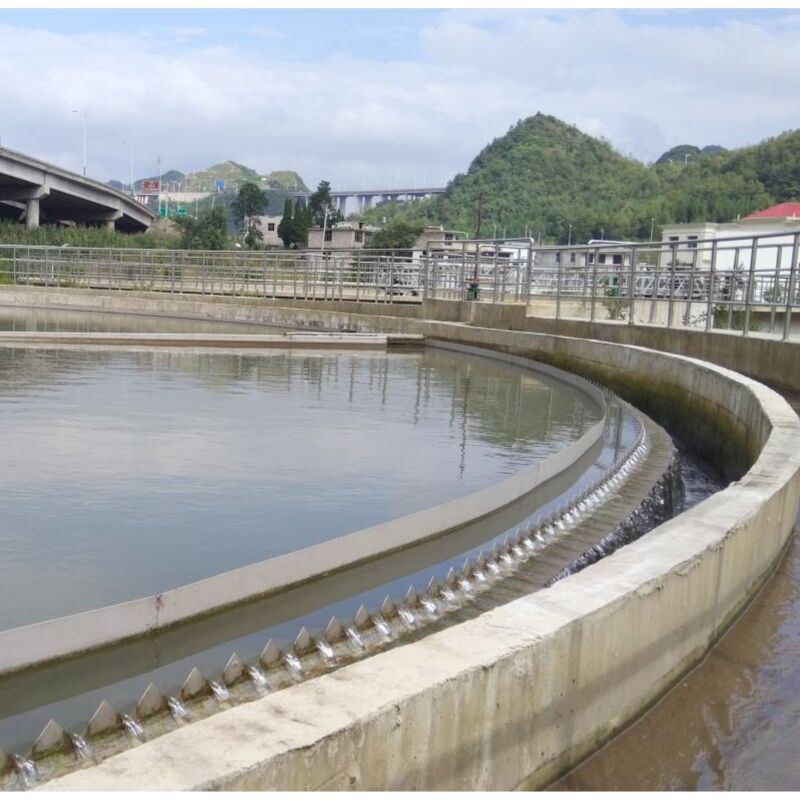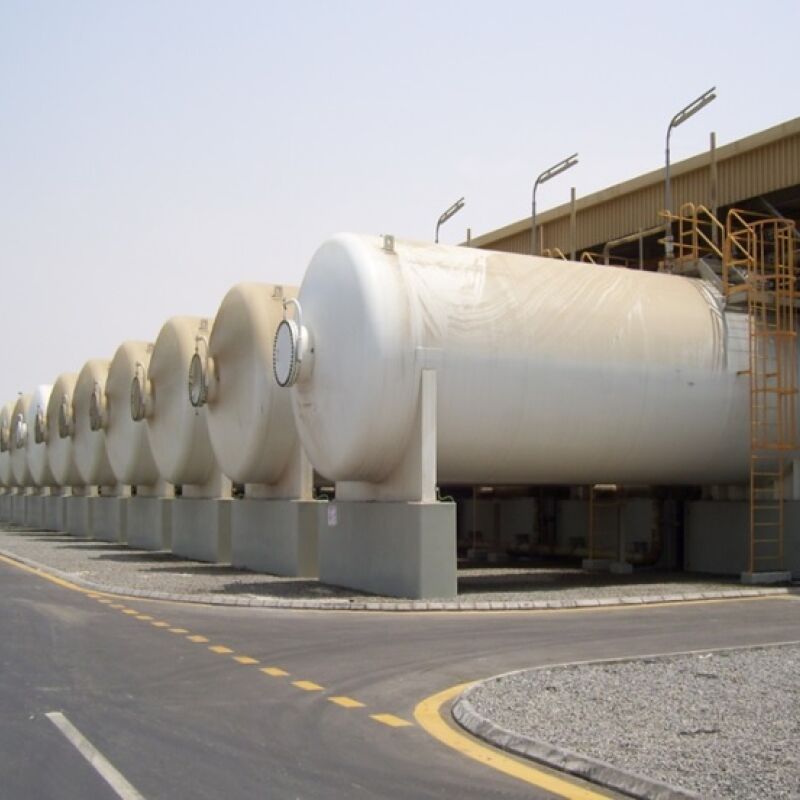The effluent generated during the productive processes contains different contaminants such as nutrients and organic material, which must be treated before discharging into the sewage system, or in the river or before water reuse in the plant.
Effective rational use of water in chemical and pharmaceutical industry is a real challenge to meet the sustainability goals our generation need to reach. Throughout a sound and wise wastewater scheme implementation, KWI could positively support industries to reduce their water footprint and to prevent any undesirable effluent discharge. Our solutions have been successfully realized to give the customer full satisfaction.


Physical Chemical Treatments
We design our physical chemical treatment packages to significantly reduce the pollutant loads for our clients in the pharmaceutical and chemical industry.
DAF
KWI DAF units are manufactured in stainless steel, offering their efficiency towards contaminant removal and their performance in suspended solids removal. We offer a diverse range of products and are adaptable to any constraints.
Lamella Clarifiers
KWI lamella clarifiers are an easy upgrade from existing, overloaded clarifiers with no room for expansion. Their key features include increased sedimentation surface and system capacity. We offer flexible mounting styles for different clarifier designs.
Separation Technologies
KWI offers high quality separation technologies including traditional sand filtration and ceramic UF membranes.
Sand Filter
KWI is experienced in the design and manufacturing of medium- and large-scale horizontal dual media filters such as pressurised filters, V-type filters and variable pore filters to remove total suspended solids and silt before the reverse osmosis.
Ceramic UF Membrane
KWI offers high quality ceramic UF membranes. The ceramic material offers a unique resistance to abrasive water. The water quality reached after UF treatment is excellent for water reuse.


Biological Treatments
Biological treatments reduce the organic and nutrient content of the water with proven processes such as BAF, denitrification filters, and MBR equipped with ceramic membranes.
BAF
BAF combines biological oxidation and filtration together in one structure, eliminating the need for a secondary sedimentation.
Denitrification Filters
Under anaerobic conditions, denitrification filters are widely used for TN removal as either secondary or tertiary treatment for plants to reach rising standards.
Deep Bed Denitrification Filter
Ceramic MBR
Ceramic MBR can treat nitrogen, phosphate with higher processing efficiency while producing less sludge.
Sludge Management
KWI's well-crafted sludge management system offers DAF for sludge thickening and thin film dryers along with ancilliary equipment for both wet and dry sludge management. Our products are optimized to help clients reduce energy consumption and operational costs.
Sludge Thickening by DAF
KWI manufactures DAF units specially designed for biological sludge thickening with high organic content.
Thin Film Dryer
The thin film dryer is a versatile patented technology that can achieve waste reduction and other resource requirements surrounding waste management.
Wet Sludge Management
KWI wet sludge management is designed for 60%-80% moisture level sludge and includes auxiliary equipment such as sludge silo, hydraulic sliding framework and wet sludge pumps.
Dry Sludge Management
KWI dry sludge management generally manages <60% moisture level sludge and includes auxiliary equipment such as Z-type bucket elevator, dry sludge silo, anti-cavitation sludge unloading device, and closed spiral for dry sludge transporatation.



